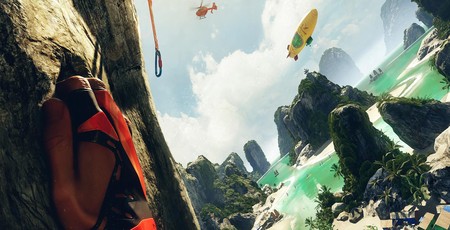
Despite being almost two years old, The Climb remains one of the most unique and intelligent uses for VR technology. It’s also probably the best game that Crytek has ever made, although it only came into its own when Oculus released its touch controllers after The Climb had already launched.
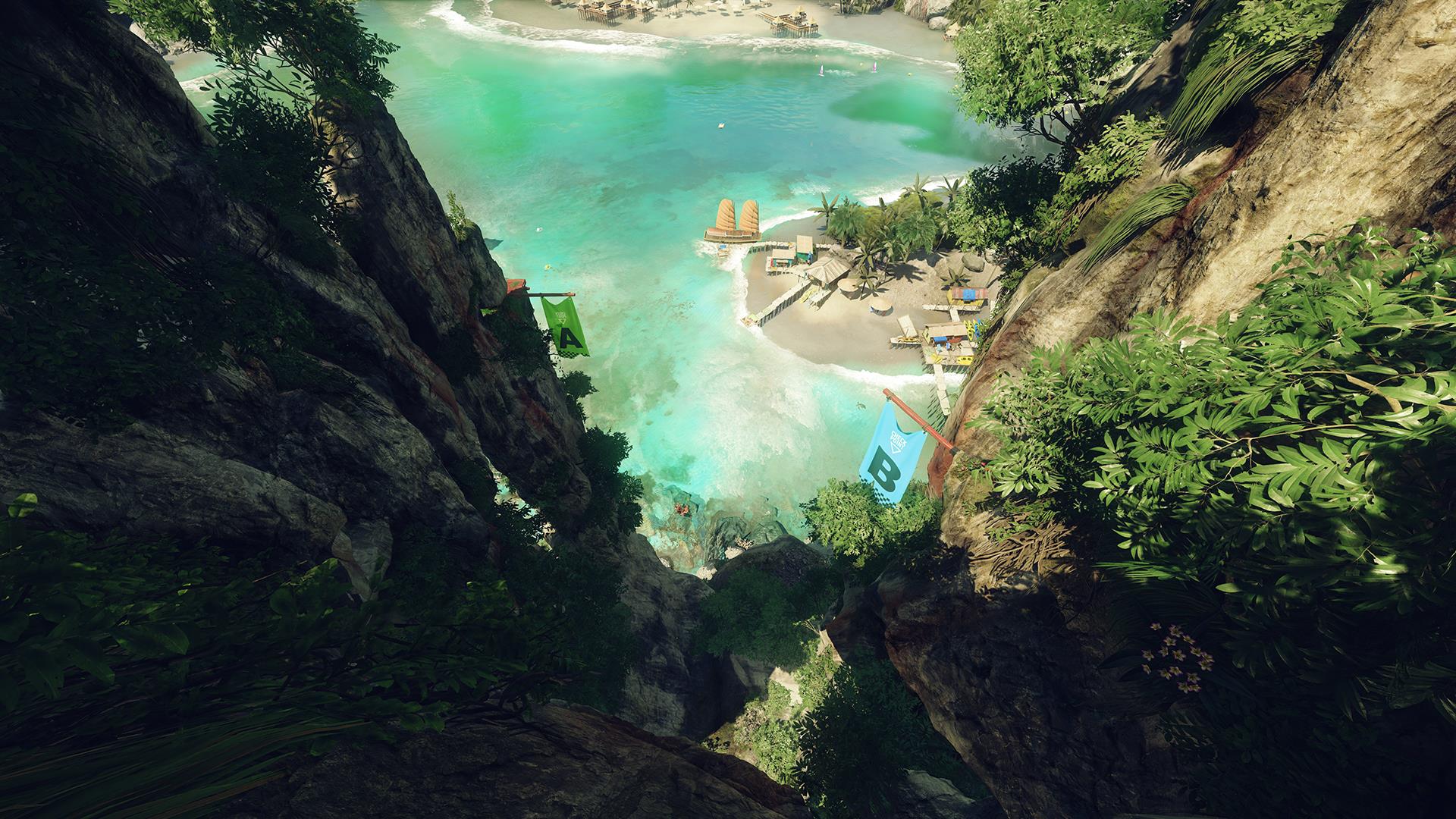
Nonetheless, today The Climb offers an experience that you simply cannot get in conventional gaming. As the title suggests it’s a climbing simulator, one that sees you scaling various walls, mountains, and cliff-sides in a range of locations rendered with typical flair by Crytek’s mighty CryEngine tech.
Structurally, The Climb has more in common with a racing sim than, say, an action game. There’s no story as such. Instead, you play through a sequence of increasingly challenging climbing stages in three separate environments, ranging from a giant standing rock in the middle of a tropical bay, to the freezing summits of the Alps.
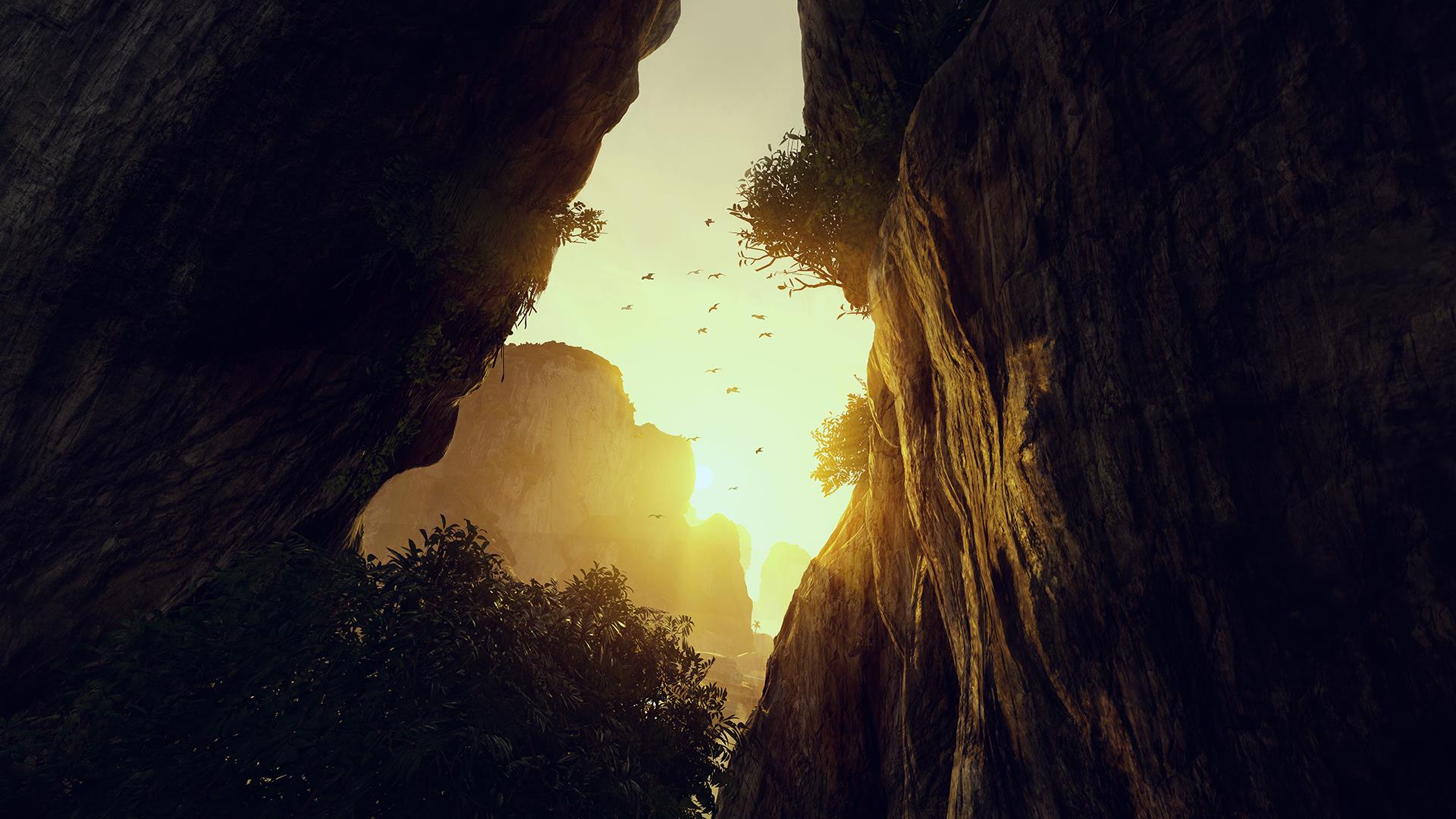
To scale walls in The Climb, you use the touch controllers to reach out with your virtual hands (which are disembodied and float around in a slightly alarming manner), pressing the grip buttons to clutch the natural handholds worn into the rock-face. Both your hands have a grip meter represented where your wrist should be. As you climb both of these grip meters will gradually drain, and if they reach zero you’ll lose your grip and fall. Clinging onto a surface with both hands will refill those meters.
What’s more, you can bolster your grip by chalking your hands, which you do by waggling your wrist rapidly until a puff of chalk coats your virtual palm. Obviously you have to remove one hand from a hold to do this, so you need to make sure that you have sufficient stamina in your stabilising hand before letting go of the wall. The result is a highly physical puzzle game wherein you must use not just your hands but also your head and neck to navigate around the rock faces that the game tasks you with ascending.
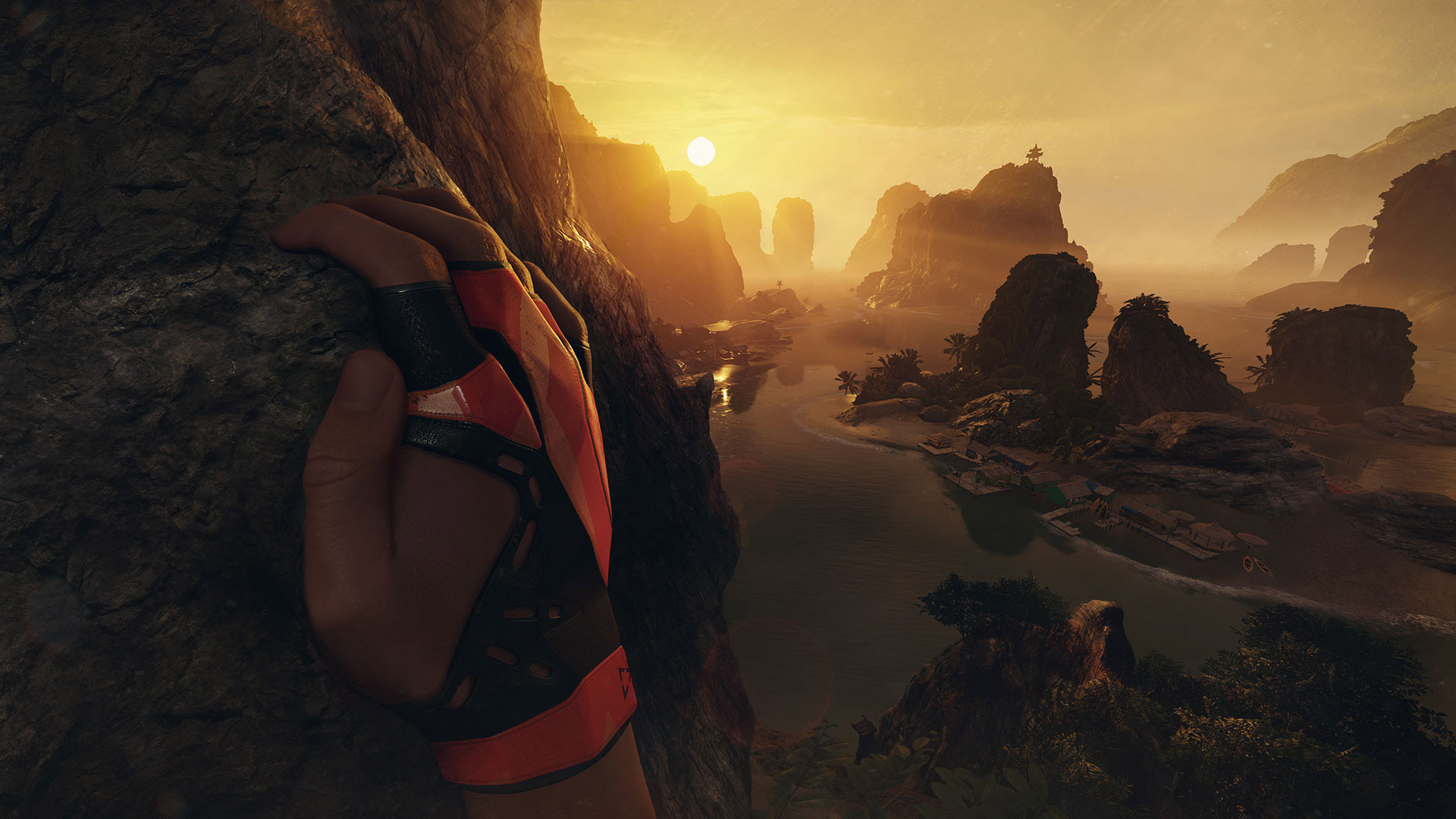
The Climb makes great use of the power of VR while deftly navigating most of its limitations. Because you’re mostly climbing upwards, you don’t need to worry too much about having a huge physical play space. Meanwhile the fluid action of reaching, gripping, and then lifting yourself is hugely immersive, although the lack of a physical body in the game does occasionally make it feel like you’re pulling the wall down rather than pulling yourself up.
Another unavoidable downside of The Climb is that you spend most of your time with your nose pressed against a virtual wall, which doesn’t make for the most interesting of sights. However, this isn’t as much of a problem as it might sound. Each wall is a delightfully structured puzzle. You’re not merely climbing upward but around corners, under overhangs, and even leaping between gaps. There are points on a wall where you must physically duck to avoid getting your virtual head caught in the geometry.
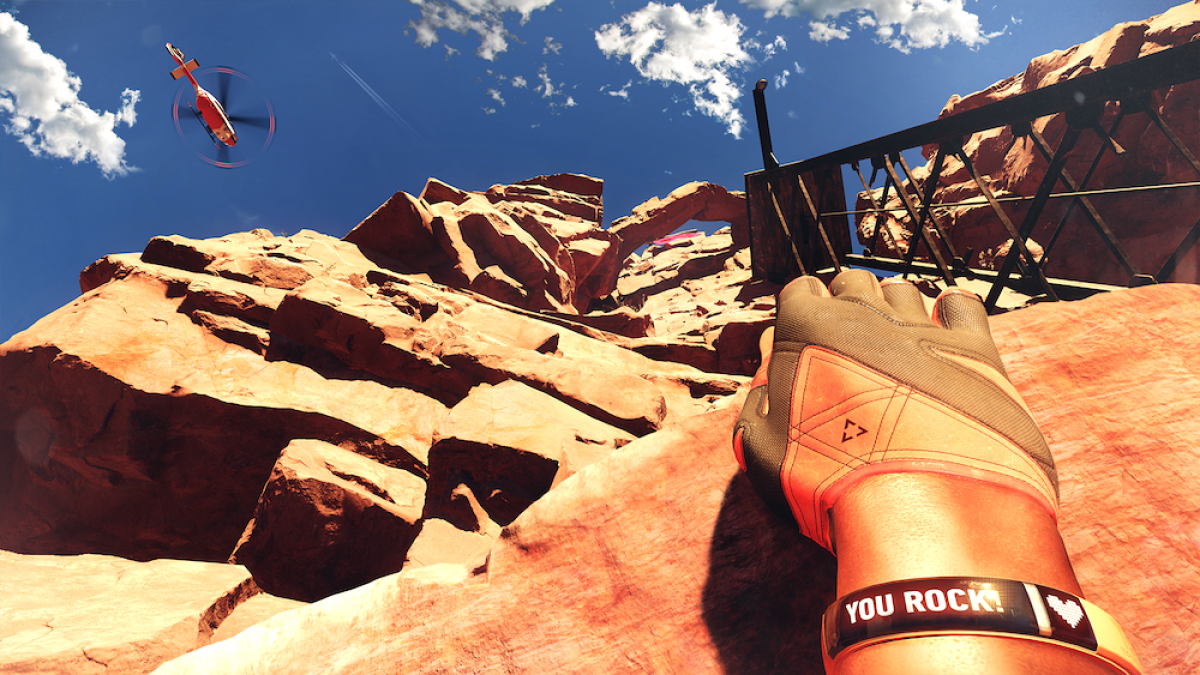
Consequently your focus is much more on the problem of ascending the wall itself rather than how pretty it all looks. In addition Crytek goes to considerable lengths to make each location feel diverse in terms of shape, texture, and lighting. Each wall is covered in pleasing little details, from plant-life growing in cracks and crevices to little bugs that scuttle around the rock face. There’s a wonderful moment in one early stage when a pair of wingsuiters swoop above your head as you climb.
There are a few more substantial issues that might affect your enjoyment of The Climb. When you finally reach the summit of an ascent, the view isn’t as spectacular as it could be thanks to VR’s current inability to render distant objects with any great detail. It still looks nice, but due to the low pixel density, there’s a fuzziness to vistas that makes the end of a climb a somewhat deflating experience.
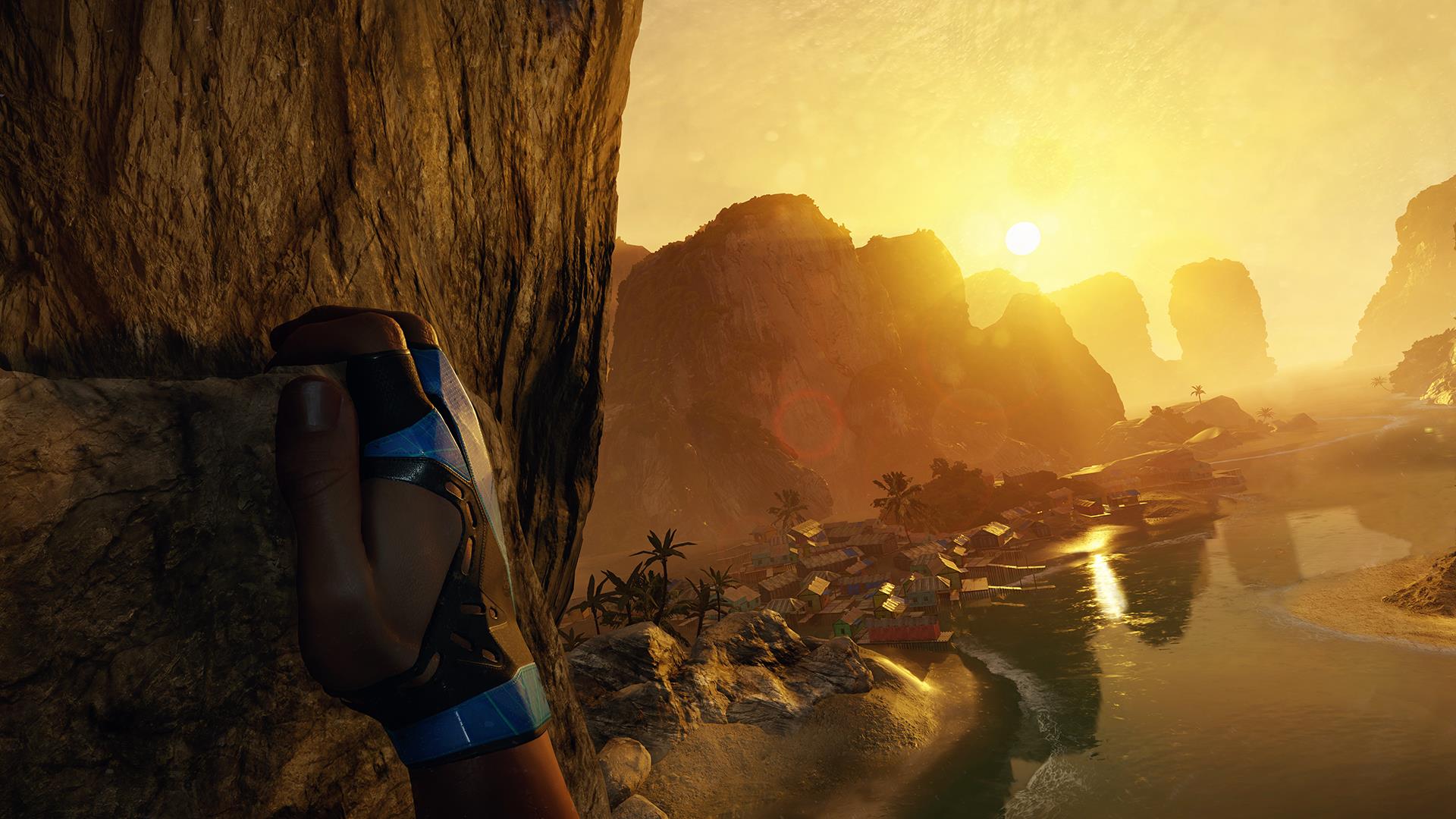
In addition, the physicality of The Climb might be a problem depending on your own condition. For example, I suffer from a chronic neck injury, so craning my neck and lifting my arms over my head quickly makes my left shoulder ache. As a result, I can’t play The Climb for longer than half an hour before having to pause. This isn’t the game’s fault obviously, but it’s worth being aware that it is not exactly a sedate experience, and playing it for long periods of time is going to by wearying on your upper body.
It may have put me in actual physical pain, but I still think The Climb is an experience that everyone with a VR headset should play. It’s innovative, it’s immersive, and short of actually taking a climbing lesson, you can't get the experience it offers in any other way. It’s also a substantial game, offering between 10 and 20 hours of play depending on how challenging you want the game to be, while the endless wall mode offers potentially limitless virtual climbing. Even if you only sink a handful of hours into it, The Climb is an experience you certainly won’t forget.
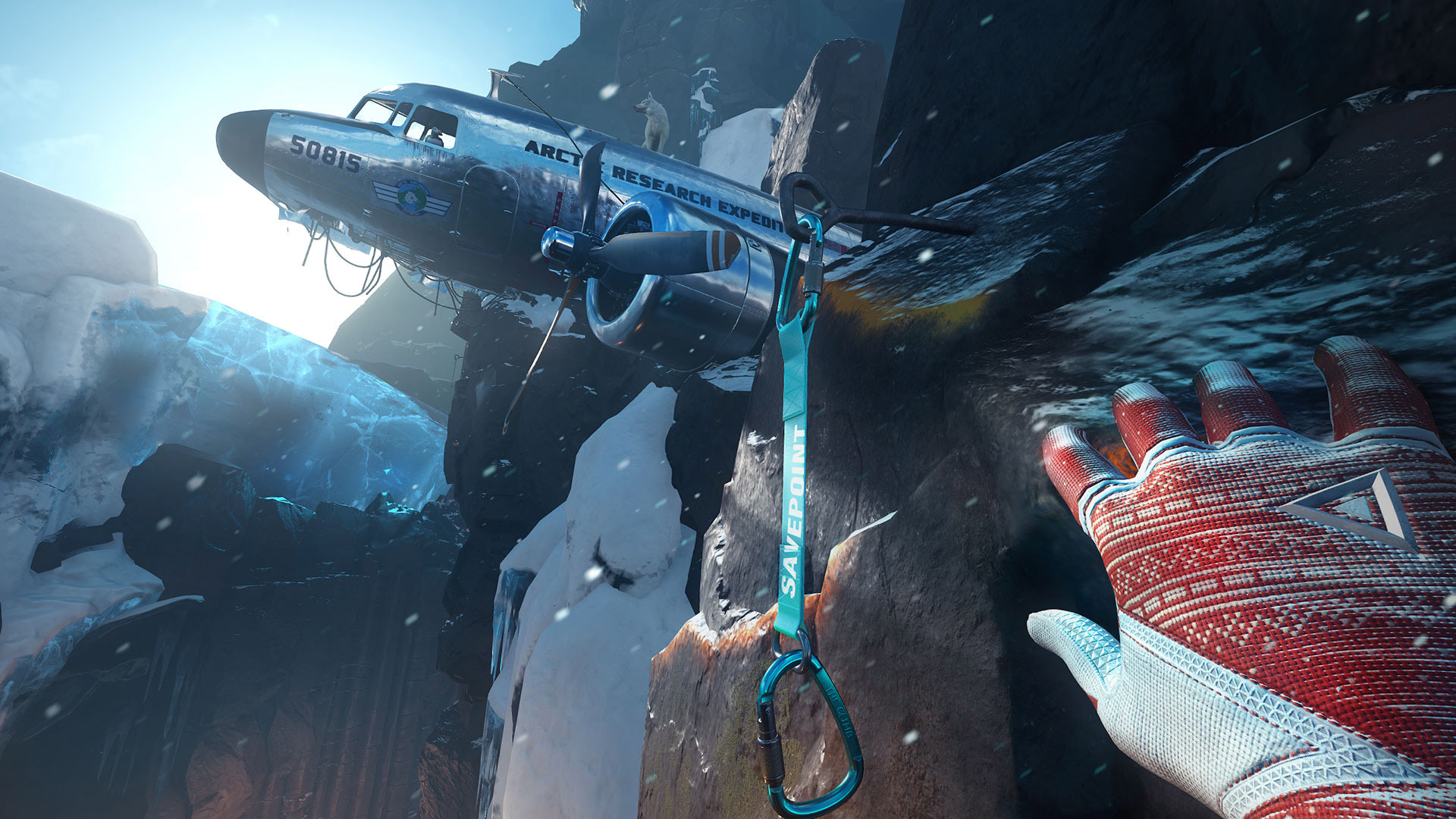

MSI MPG Velox 100R Chassis Review
October 14 2021 | 15:04

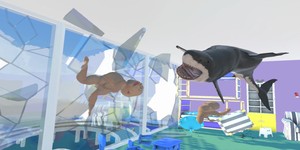

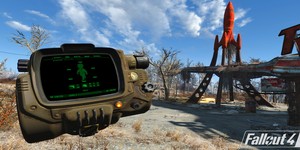





Want to comment? Please log in.